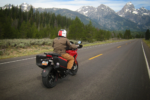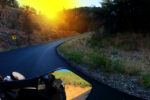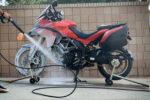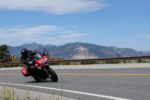Feeling the Grip: Developing Motorcycle Sensitivity
How do you feel grip on a motorcycle? It’s a tough one, because “feel” is subjective. I can’t give you feel any more than I can give you a sense of humor. But I can offer strategies to help you develop it.
Why is Feel Important?
Feel is our connection to the bike, the terrain, and even ourselves. Crucially, it gives us confidence. With feel, we trust our instincts and make quicker decisions, especially when the pace picks up or grip diminishes. Racers often emphasize the importance of feeling what the bike is doing so they can anticipate its next move. We all crave that real-time connection.
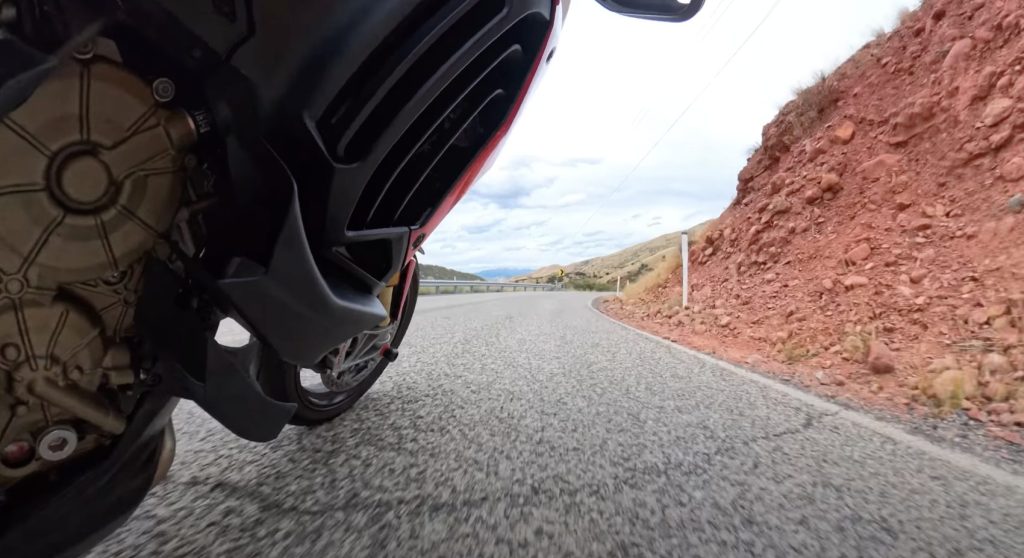
The Track Advantage
Racetracks offer a consistent grip environment, making it easier to learn. On the street, grip varies constantly due to temperature, road surface, and other factors. Think of feel as collecting real-time data – but how do we do it?
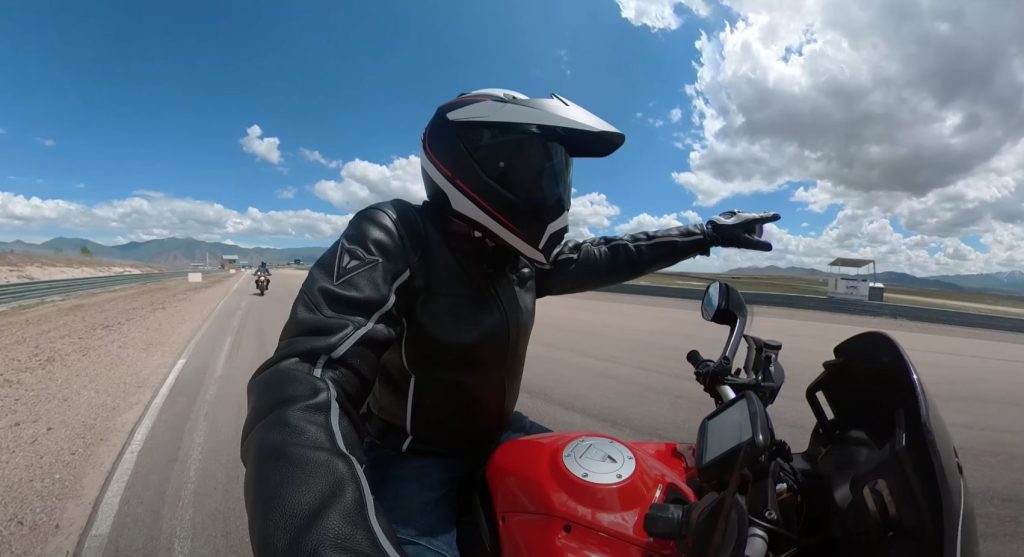
Consistency and Motor Control
Two words: consistency and motor control. If our inputs are inconsistent, we can’t collect usable data. It’s like trying to assemble a puzzle with pieces from different sets. Motor control is the nervous system’s ability to coordinate muscles and movements. Abrupt inputs prevent feel. Smoothness is key.
Weight Distribution and Ergonomics
How we distribute our weight significantly impacts feel. Imagine typing an email while putting all your weight on your hands – impossible! Similarly, gripping the handlebars tightly restricts feel. During braking, weight should transfer through the palms, leaving fingers free to modulate the levers. In corners, engage your core, put weight on the pegs, and maintain some weight on the seat to feel the rear tire. Proper ergonomics are also crucial. Are your controls adjusted for your body?
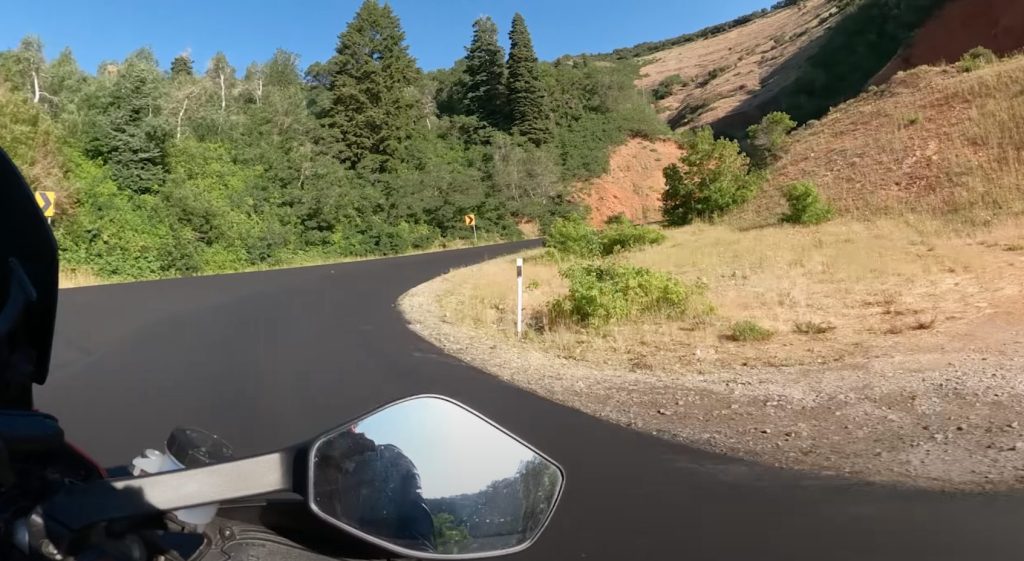
Data Collection and Focus
Consistent interaction with the bike allows us to identify where we have feel and where we don’t. If feel is lacking in a corner, analyze your inputs: hands, feet, core, posture. Are you holding on too tight? Are your feet positioned correctly? Are you present in the moment? Focus is paramount. Direct your attention to the front tire when entering a corner and the rear tire when exiting. Verbal cues (“front, front, front” or “rear, rear, rear”) can help maintain focus.
Warming Up the Brain
Before riding, warm up your brain as well as your body. Practice braking and releasing, rolling on and off the throttle. Remind yourself where you are and what you’re doing.
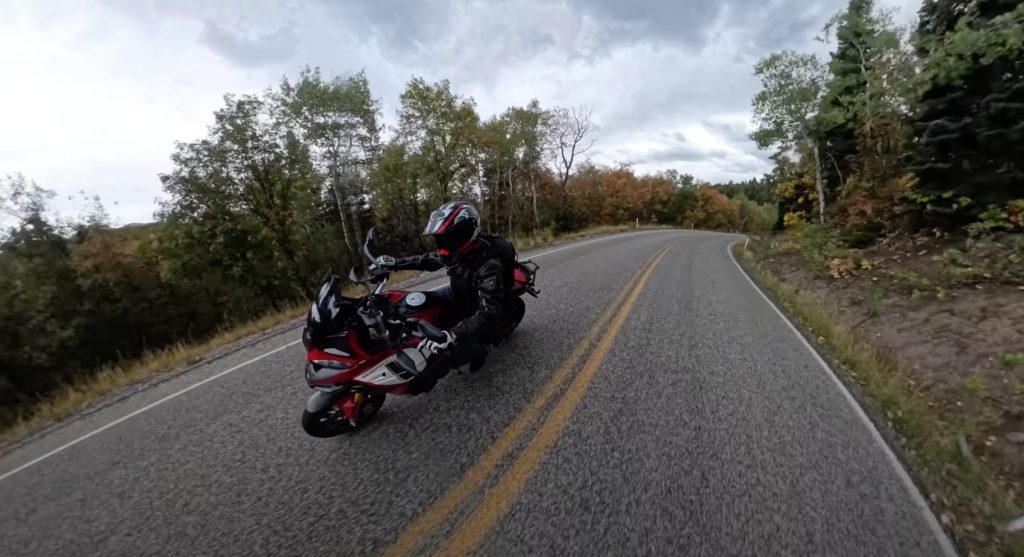
Practice Makes Perfect
- Low-grip environments: Practicing in low-grip situations (dirt bikes, mountain bikes) enhances sensitivity and teaches you what to pay attention to.
- Go-karts: Go-karts on polished concrete offer a fantastic way to learn feel by experiencing controlled slides.
- Everyday driving: Even in your car, focus on feeling the tires through your hands, feet, and seat.
Testing Grip
If you’re unsure about grip levels, perform a simple test (at low speeds, straight up and down) by gently applying the rear brake to see how easily it locks.
